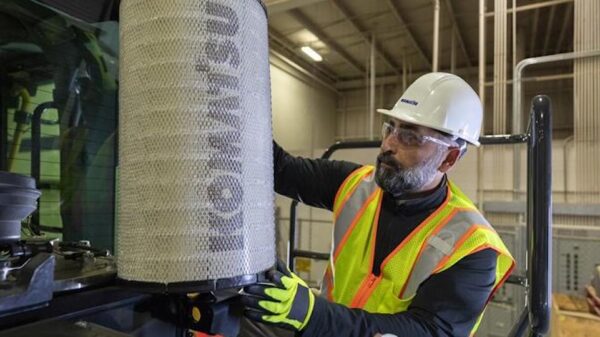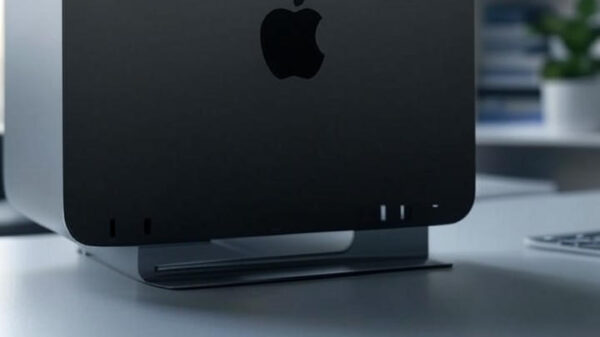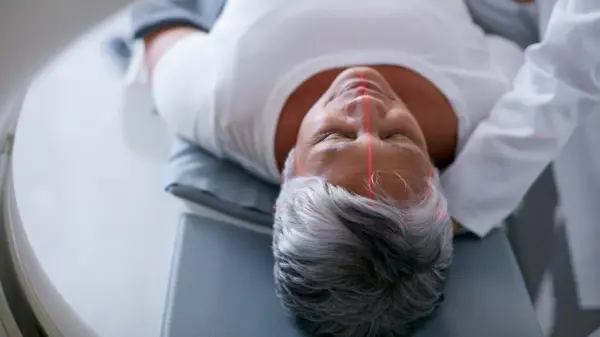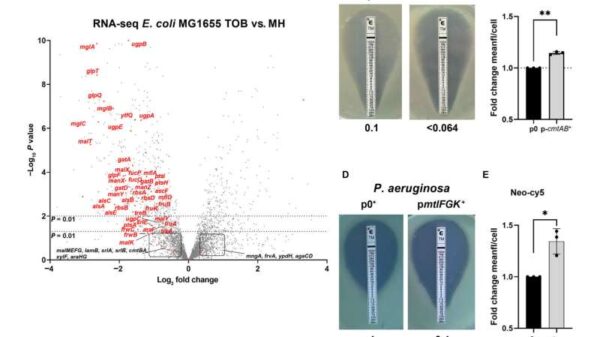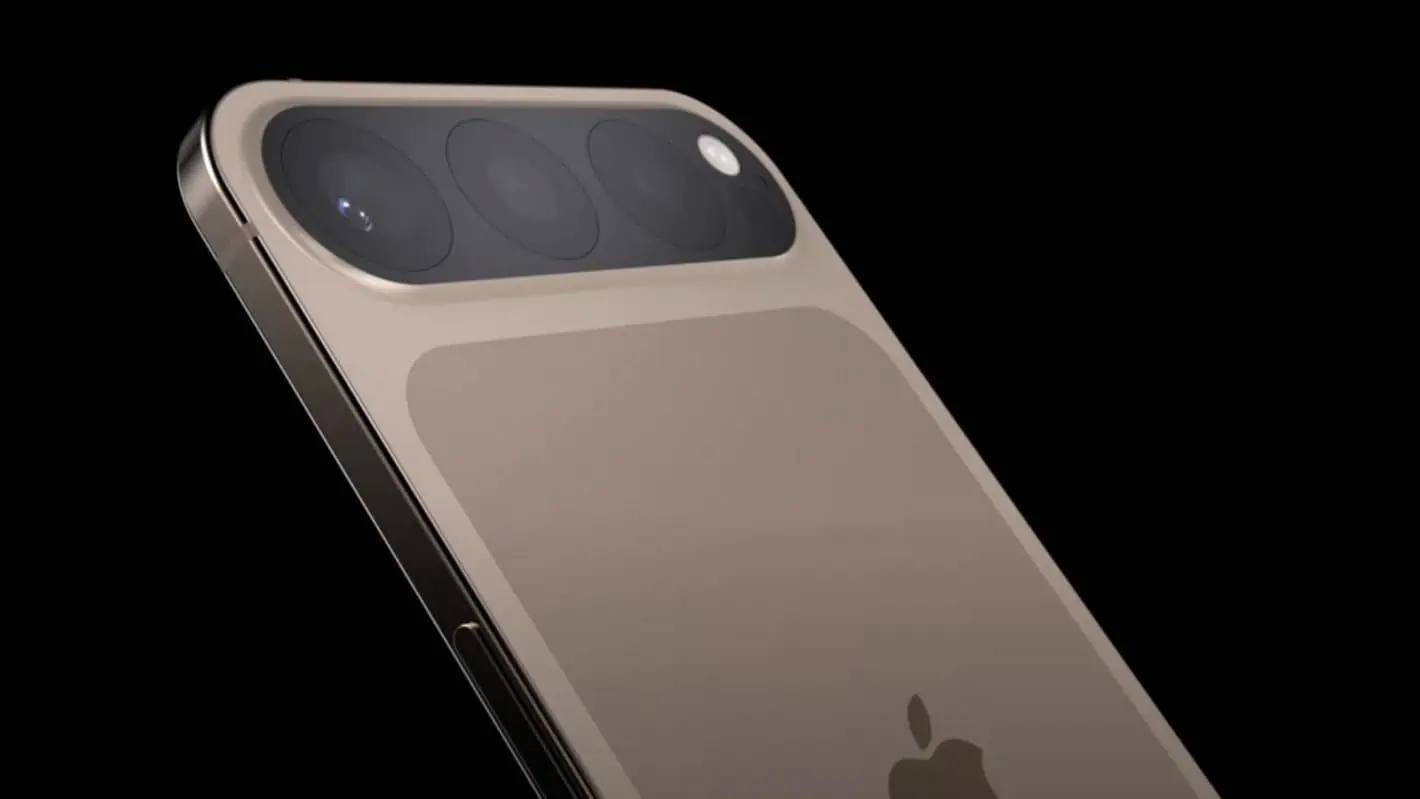Anticipation is building for the upcoming launch of the iPhone 17, expected to be announced on September 9, 2025. Apple plans to introduce several new models, including a slimmed-down version known as the iPhone 17 Air. This shift in the lineup may see the discontinuation of the “Plus” model, focusing instead on the traditional iPhone 17, iPhone 17 Pro, and iPhone 17 Pro Max.
As details emerge, most rumors surrounding the iPhone 17 relate to the Air and Pro models, with fewer leaks regarding the base model. Speculation suggests that the iPhone 17 may feature an increased screen refresh rate of up to 90Hz, but a 120Hz refresh rate is unlikely as Apple markets it under the “ProMotion” branding for its Pro devices only. This would still position the iPhone 17 behind competitors, such as the Pixel 9a, which offers a 120Hz display.
New Chipset and RAM Upgrades
The iPhone 17 is set to incorporate the new A19 chipset, manufactured using TSMC’s advanced 3nm process. While the base model will feature the A19, the Pro versions are expected to utilize the A19 Pro, offering enhanced CPU and GPU core counts. The device is likely to maintain 8GB of RAM for the base model, an upgrade from the previous generation, while the Pro variants may receive an increase to 12GB.
Despite Apple’s recent move to develop its own modem for the iPhone 16e, it seems the iPhone 17 will not feature this in-house component. Instead, it is anticipated that the modem will be reserved for the iPhone 17 Air, primarily due to production volume considerations. This may lead to the absence of mmWave 5G support in this model, which could affect carrier availability.
Design and Camera Enhancements
Initial renders suggest that the iPhone 17 will adopt a camera design reminiscent of a bar format, similar to that of the Google Pixel. This model is expected to include two cameras, while the iPhone 17 Air will feature a single camera. The design will likely remain familiar, retaining the Camera Control and Action Buttons. Users can expect slightly reduced bezels and a potentially smaller Dynamic Island.
Camera capabilities are set to improve across the lineup, with the base model featuring a 24-megapixel front-facing camera. The Pro models are anticipated to include a 48-megapixel primary camera, along with a 48-megapixel ultra-wide and a 48-megapixel telephoto camera. Notably, one Pro variant may introduce a mechanical aperture, allowing for user-controlled adjustments.
Connectivity options are also evolving, with a shift towards eSIM-only configurations in more regions, following initial implementations in the United States with the iPhone 14. The iPhone 17 is expected to support WiFi 7 and Bluetooth 5.3, continuing Apple’s trend of integrating advanced connectivity features.
Although the price for the iPhone 17 is projected to remain consistent at $799 for the base model, analysts suggest a potential price increase across the lineup. The iPhone 17 Air may start at $899, while the Pro models could retain their prices of $999 for the iPhone 17 Pro and $1,199 for the iPhone 17 Pro Max.
As September approaches, Apple is expected to finalize details surrounding the iPhone 17 lineup, with shipping likely occurring shortly after the announcement. This year’s event will mark another step in Apple’s ongoing evolution of its flagship smartphone series, drawing attention from consumers and tech enthusiasts alike.

















